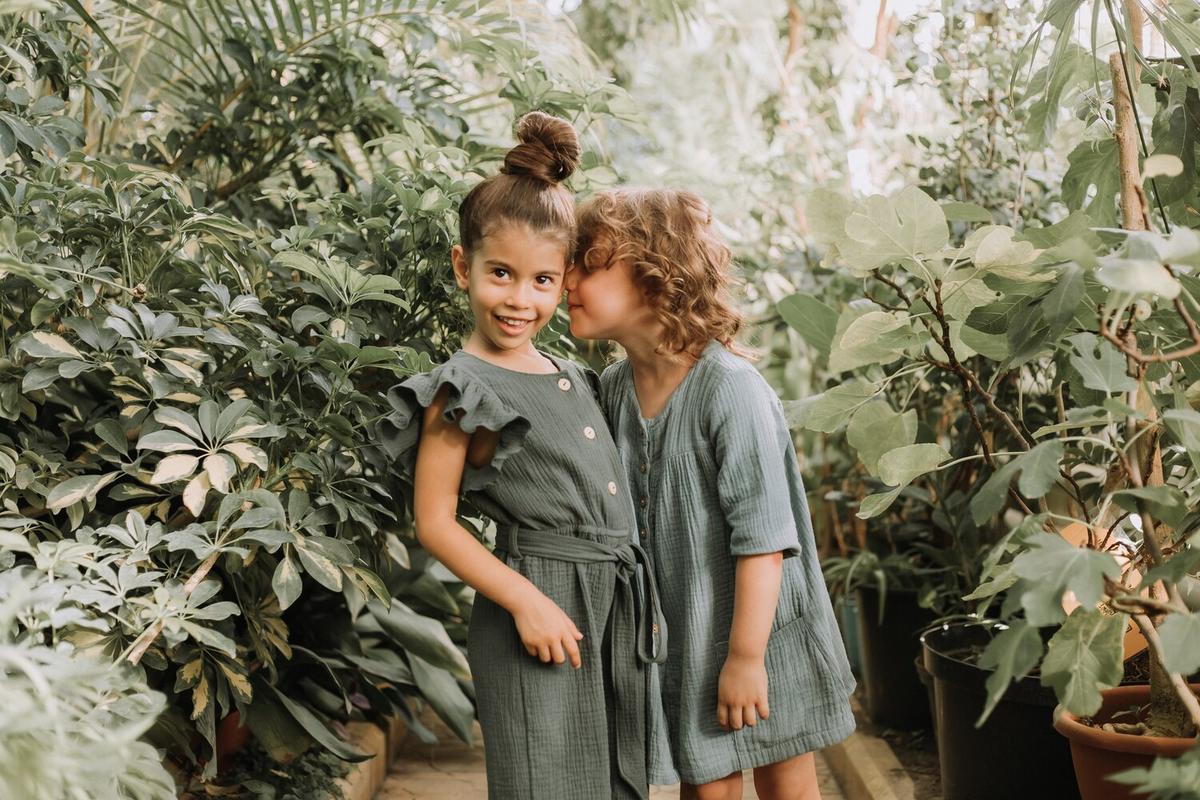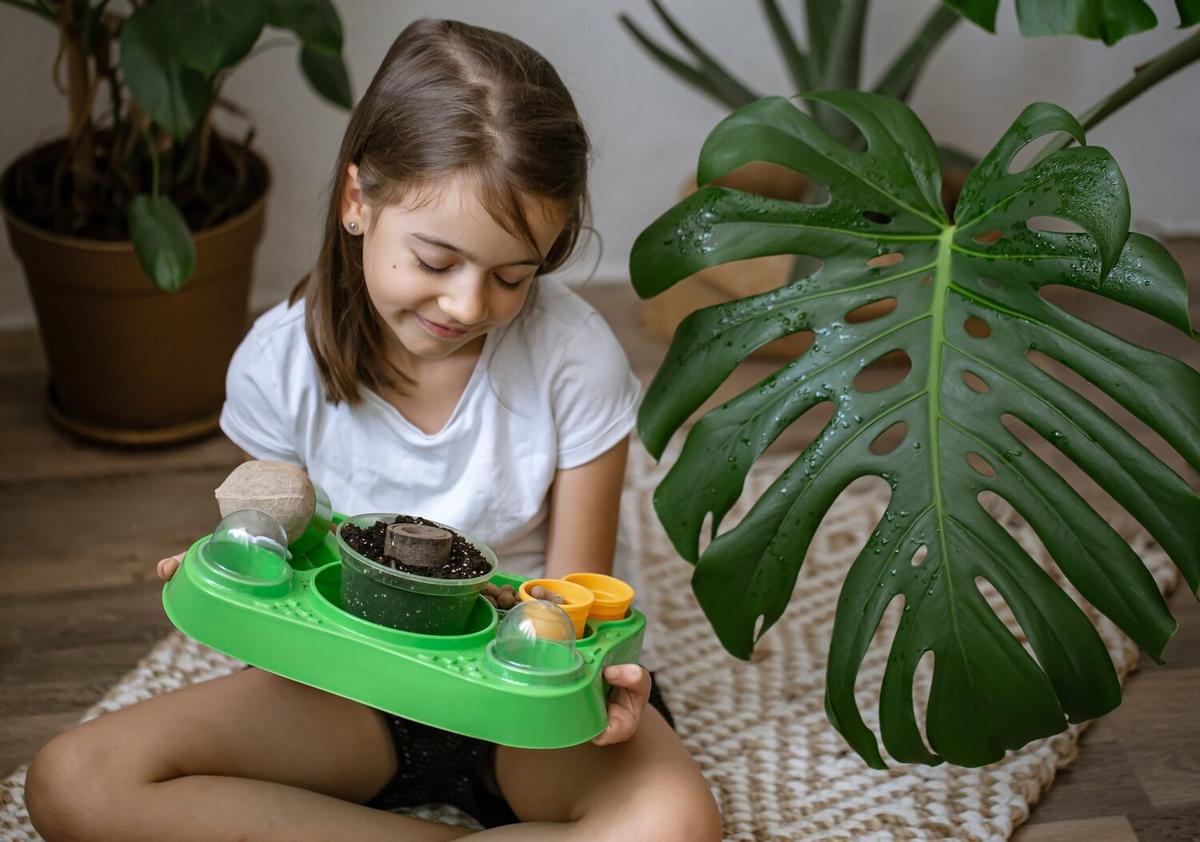
Sustainable Fashion for Kids: Making Ethical Choices
As awareness about environmental impact grows, parents are increasingly interested in sustainable fashion for their children. This shift not only benefits the planet but also instills a sense of environmental responsibility in the young generation.
Understanding Sustainable Fashion
Sustainable fashion for kids involves choosing clothing made from eco-friendly materials and produced under fair labor conditions. This approach reduces environmental impact and supports ethical practices. According to the Global Fashion Agenda, the fashion industry is responsible for approximately 4% of global greenhouse gas emissions, highlighting the importance of sustainable choices.
Expert Insights
Fashion sustainability expert, Lucy Siegle, emphasizes, “The future of fashion lies in transparency and responsibility. Parents can lead by example, choosing brands that adhere to these principles.” Her insights highlight the importance of making informed decisions.
Why It Matters
Choosing sustainable fashion for kids is not only beneficial for the environment but also for children’s health. Natural fibers like organic cotton are free from harmful chemicals, reducing the risk of skin irritations and allergies. A study from the University of Cambridge found that sustainable materials can decrease water usage and chemical pollution significantly.
Real-Life Examples
Consider Emma, a mother of two who decided to buy clothes from local artisans using eco-friendly dyes. This decision not only reduced her family’s carbon footprint but also supported local businesses.
Tips for Making Ethical Choices
- Research brands: Look for companies with transparent supply chains and fair labor practices.
- Choose quality over quantity: Investing in durable clothing reduces waste and long-term costs.
- Opt for second-hand: Thrift stores and online marketplaces offer a variety of sustainable options.
- Engage your kids: Teach them about the impact of their choices and involve them in shopping decisions.
Comparison of Sustainable Materials
| Material | Benefits | Drawbacks |
|---|---|---|
| Organic Cotton | Biodegradable, low chemical usage | Higher cost |
| Bamboo | Fast-growing, minimal pesticides | Requires chemical processing |
| Hemp | Durable, low water usage | Limited availability |
| Linen | Breathable, long-lasting | Wrinkles easily |
| Tencel | Produced in a closed-loop process | Higher price point |
| Recycled Polyester | Reduces plastic waste | Not biodegradable |
| Modal | Soft, sustainable beech trees | Can be expensive |
| Alpaca Wool | Luxurious, eco-friendly | Limited production areas |
Frequently Asked Questions
How can I identify sustainable brands?
Look for certifications like Fair Trade, GOTS, or B Corp to ensure ethical practices.
Is sustainable fashion affordable?
While some items may cost more upfront, they often save money in the long run due to their durability.
Can sustainable fashion be stylish?
Absolutely! Many sustainable brands offer fashionable and trendy designs.
Conclusion
Sustainable fashion for kids is an impactful way to contribute to a healthier planet while teaching children the importance of ethical choices. By opting for eco-friendly materials and supporting ethical brands, parents can pave the way for a more sustainable future. Explore more on sustainable living through resources like Earth.org and Greenpeace to deepen your understanding and commitment to eco-friendly practices.


